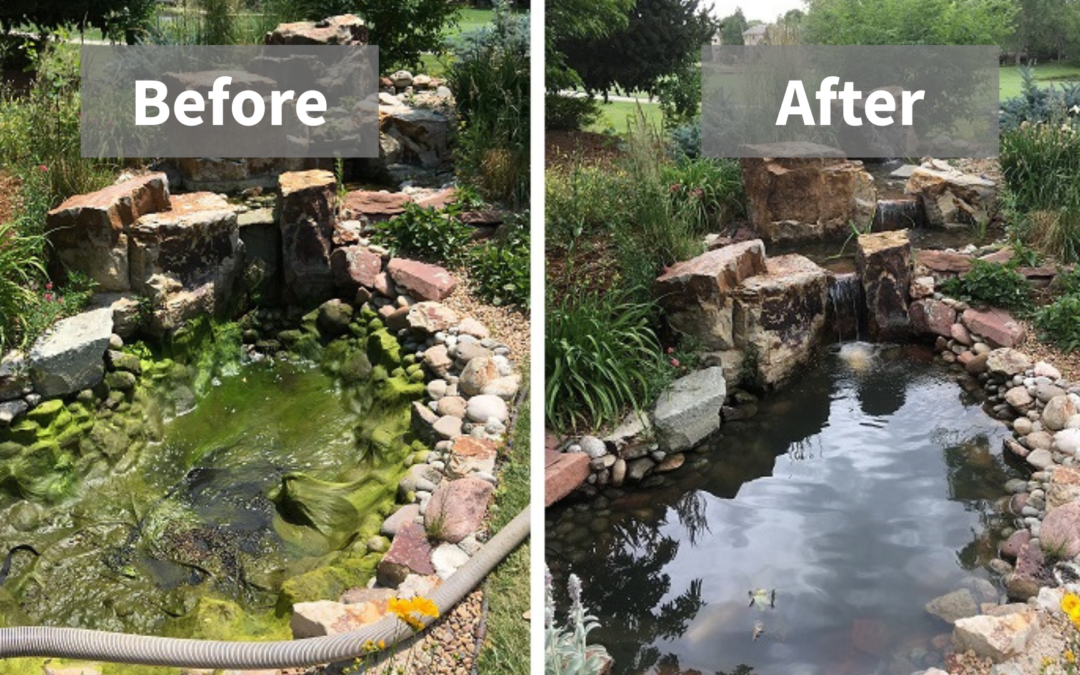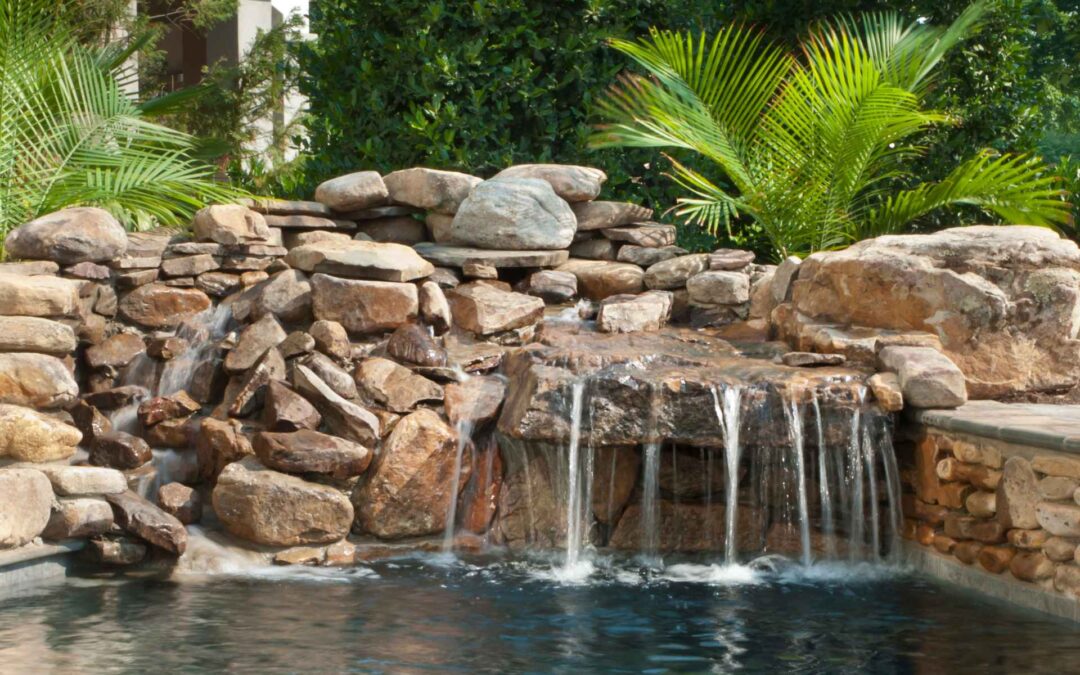Discover the essential steps and tips for creating a stunning backyard pond in the unique climate of Colorado.
The Ultimate Guide to Building a Backyard Pond in Colorado
Building a backyard pond in Colorado can be a rewarding project that adds beauty and tranquility to your outdoor space. Whether you’re a seasoned gardener or a beginner, this guide will provide you with valuable insights and step-by-step instructions for creating your own oasis. From choosing the perfect location to maintaining water quality, we’ll cover everything you need to know to ensure the success of your project.
Choosing the Perfect Location for Your Backyard Pond
When deciding where to build your backyard pond, it’s important to consider several factors. Firstly, you’ll want to ensure that the area gets enough sunlight. Most aquatic plants and fish require at least 6 hours of direct sunlight per day to thrive. Sunlight is not only essential for the growth of plants but also helps to maintain the overall health of the pond by preventing the overgrowth of algae. Plant growth can also assist with preventing the overgrowth of algae. It also adds a beautiful shimmer to the water, enhancing the visual appeal of your pond.
Additionally, you should choose a location away from large trees that could potentially drop leaves or branches into the pond and disrupt its ecosystem. Falling leaves can lead to an accumulation of organic debris in the water, causing imbalances in the pond’s chemical composition. This can result in poor water quality and harm the aquatic life within the pond. Selecting a spot that is free from tree debris will save you time and effort in maintenance tasks during the fall months.
It’s crucial to consider the proximity to utilities such as water and electricity. You’ll need a convenient water source to fill the pond initially and top it up as needed. Electricity will be necessary for running water pumps, filters, and other pond equipment. Installing outdoor-rated electrical outlets is important to power your pond features efficiently and safely.
Understanding Colorado’s Climate and Its Impact on Your Pond
Colorado’s climate can be a challenge when it comes to maintaining a healthy pond. The state experiences a wide range of temperatures throughout the year, from scorching summers to freezing winters. It’s essential to choose plants and fish that are well-adapted to the local climate.
During the winter, you’ll need to take measures to prevent your pond from freezing over completely. This can be achieved by using a pond deicer to maintain a hole through the ice, or installing a water feature that keeps the water moving. In the summer, you may need to monitor water temperature and provide shade to prevent overheating.
Additionally, Colorado’s climate is characterized by low humidity levels, which can lead to increased evaporation in ponds. This means you may need to top off your pond more frequently to maintain the proper water level. Consider using an autofill system to replenish your pond naturally and sustainably.
Keep in mind that Colorado is known for its intense sunlight due to its high elevation. This can result in algae blooms in ponds, especially during the warmer months. To combat this, consider adding aquatic plants that provide shade and help to naturally filter the water. Regular maintenance, such as removing debris and excess vegetation, is also crucial in keeping your pond healthy and balanced in Colorado’s unique climate.
Designing Your Backyard Pond: Size, Shape, and Depth
The size, shape, and depth of your backyard pond will depend on your preferences and the available space. While there are no set rules, it’s generally recommended to aim for a depth of at least 2 feet for goldfish and 3 feet for Koi fish. This provides a more stable environment for fish and helps prevent the pond from overheating in the summer.
As for the shape, consider the overall aesthetics of your outdoor space. A flowing, organic shape can create a more natural look, while a geometric shape may complement a more modern or formal garden design.
When determining the size of your pond, think about the ecosystem you want to create. Larger ponds can support a greater variety of plant and animal life, while smaller ponds may require more maintenance to keep balanced. Additionally, the size of your pond will impact the amount of sunlight it receives, which can affect algae growth and water temperature.
Choosing the right depth for your pond is crucial for the health of any aquatic life you plan to introduce. Deeper ponds provide more stable water temperatures throughout the year, which can be beneficial for fish and other wildlife. However, if you plan to include aquatic plants, be mindful of their specific depth requirements to ensure they thrive in your pond environment.
Selecting Native Plants and Fish for a Thriving Pond Ecosystem
Choosing native plants and fish is crucial for maintaining a thriving pond ecosystem. Native species are well-adapted to Colorado’s climate and require less maintenance compared to exotic species. They also provide important habitat and food sources for local wildlife.
When selecting plants, consider a mix of submerged, floating, and emergent species. Submerged plants oxygenate the water, while floating plants provide shade and remove excess nutrients. Emergent plants add vertical interest and provide hiding places for fish.
Submerged plants, such as Anacharis and Hornwort, are excellent choices for oxygenating the water in your pond. These plants not only help maintain water clarity but also provide shelter for small aquatic creatures. Floating plants like Water Lilies and Duckweed not only offer shade to fish but also help in reducing algae growth by competing for nutrients in the water. Emergent plants like Cattails and Pickerelweed not only add beauty to your pond but also serve as nesting sites for birds and shelter for fish.
When it comes to fish, consider species such as Koi or goldfish that are well-suited to Colorado’s climate. Before introducing fish to your pond, ensure that the water quality and temperature are suitable for their specific requirements.
Essential Equipment and Supplies for Building Your Pond
Before you start building your pond, it’s important to gather all the necessary equipment and supplies. This includes a pond liner, water pump, filter system, and underwater lighting. Additionally, you may need tools like a shovel, spade, and level to excavate the area and create a level base for your pond.
When choosing a pond liner, opt for a durable and flexible material such as 45mil EPDM rubber. This liner is not resistant to UV rays and needs to be covered with rock and grave, but is resistant to punctures, ensuring the longevity of your pond.
Another crucial element to consider when building your pond is the type of water pump you will need. The water pump is essential for circulating and aerating the water, helping to maintain a healthy ecosystem for aquatic life. Look for a pump with the right flow rate for the size of your pond to ensure proper water circulation.
In addition to the filter system, consider incorporating underwater lighting into your pond design. Not only does underwater lighting create a stunning visual effect at night, but it also extends the enjoyment of your pond into the evening hours. LED lights are a popular choice for pond lighting due to their energy efficiency and long lifespan.
Maintaining Water Quality in Your Colorado Pond
Maintaining water quality is essential for the health and longevity of your pond. Regular monitoring and maintenance tasks will help keep the water clear and free from harmful substances. You may need to add natural water treatments, such as beneficial bacteria, to maintain a healthy balance.
Removing debris, such as fallen leaves or excess algae, on a regular basis will prevent the accumulation of organic matter that could harm the pond ecosystem.
Another important factor to consider in maintaining water quality is the proper aeration of your pond. Aeration helps in circulating the water and increasing the oxygen levels, which is crucial for the health of aquatic life and the prevention of stagnant water conditions. Installing a fountain or aerator can help in achieving proper aeration and improving overall water quality.
Implementing a proper aquatic plant management strategy can contribute to the maintenance of water quality in your pond. Aquatic plants not only add aesthetic value but also play a vital role in oxygenating the water, absorbing excess nutrients, and providing habitat for beneficial organisms. However, it is essential to control the growth of invasive plants to prevent them from dominating the ecosystem and causing imbalances in water quality.
Adding Features like Waterfalls and Fountains to Enhance Your Pond
To further enhance the beauty and tranquility of your backyard pond, consider adding features such as waterfalls or fountains. These elements not only create visual interest but also help to aerate the water and improve circulation.
When adding water features, ensure that they are proportionate to the size of your pond. Aim for a balance between aesthetics and functionality. It’s important to choose pumps and filters that are suitable for the additional water flow created by these features.
In the end, building a backyard pond is an exciting project that requires careful planning and consideration. By following this ultimate guide, you’ll be well-equipped to create a stunning and thriving oasis right in your own Colorado backyard.






